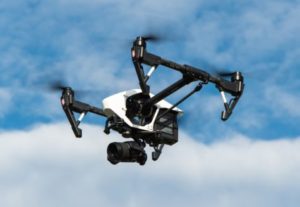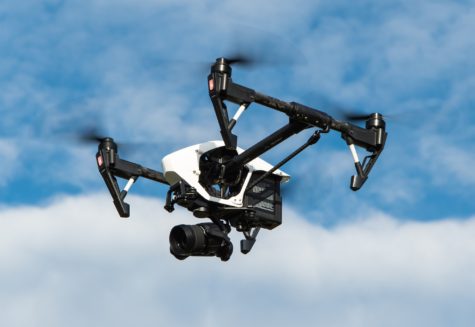STOCKHOLM, Sweden — In the future, a drone could save your life.
Researchers are testing the use of flying drones to deliver automated external defibrillators (AEDs) to heart attack victims. The recent study found on average the drones were able to get to test locations in a little over 5 minutes compared to about 22 minutes for conventional emergency medical services.

“Saving 16 minutes is likely to be clinically important,” the study’s authors said in a press release. “Nonetheless, further test flights, technological development, and evaluation of integration with dispatch centers and aviation administrators are needed.”
According to the American Heart Association more than 350,000 out-of-hospital cardiac arrests (OHCA) occur in the United States each year. AHA statistics show currently about 90 percent of people who suffer an OHCA die.
The researchers said reducing time to defibrillation “is the most important factor for increasing survival.”
Seeking an innovative way to do this, the researchers started conducting the drone test flights out of a fire station north of Stockholm, Sweden last October. The drones carrying the AEDs were flown to locations where heart attacks within a 6.2 mile radius from the fire station had occurred between 2006 and 2014.
Since the drones would arrive before medical staff, researchers said it would be up to someone already at the scene to use the defibrillator. And since the flights were only tests, they said it is still unknown how effective bystanders would be in using the drone delivered AED.
“We know that health care professional CPR is better than layman [CPR]. But we still believe that if we can deliver a defibrillator within five minutes, the proportion of people with shockable rhythms could be pretty high,” the paper’s lead author Andreas Claesson said in a recent NPR article Could Drones Help Save People In Cardiac Arrest?
In the same article, Claesson said dispatchers could help coach people through using an AED and that he plans to conduct further trials next summer.
A Ph. D, registered nurse and paramedic, Claesson works out of Stockholm’s Karolinska Institutet. The letter he wrote with his colleagues was published June 13th in the Journal of the American Medical Association.
Do you know how to perform CPR or use an AED? To learn more about saving lives in a cardiac emergency, visit the AHA’s training and education website here.

Comments